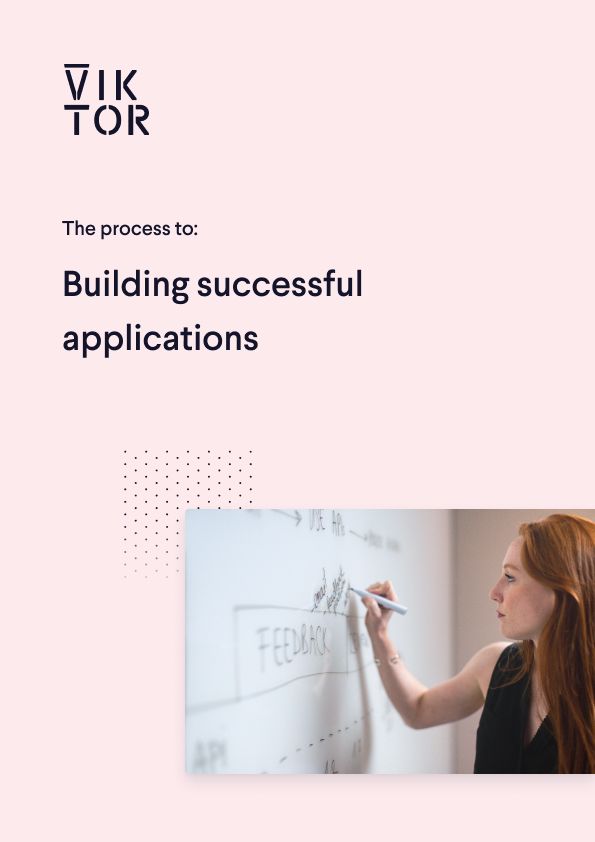

Build successful applications
Learn how you (developer, engineer, end-user, domain expert, project manager, etc.) can contribute to the creation of apps that provide real value to your work.
No more copy + paste
Roland Snelders has been involved in the development of the concrete slab reinforcement application for Heijmans. “We could read the internal moments from a SCIA file and these were collected in the report, usually in a table. Then those moments could be entered in Excel and the reinforcement was determined and tested in an iterative process. That calculation was therefore copied to the report. ” This way of working could be done more efficiently. It would be easy if copying numbers is no longer necessary, because everything is collected in one place.
Excel, SCIA, and VIKTOR
That's exactly what the application they created does. Snelders: “From SCIA we can now export an XML file and read it into the application on the VIKTOR platform. The Excel sheet is also linked to this. After selecting the concrete cross-section data and various reinforcement options, I get a picture with colors that indicate where the reinforcement should be.” This ensures that you go directly from the SCIA file with a once-off data entry to a visualisation of the results that come from the Excel sheet, without having to copy anything.
Centralized Excel sheets
The Excel sheet has not been completely transferred into the application but rather has been linked to it. This has the advantage that it does not have to be recreated, which would then have to be validated. In addition, all manufacturers know how to make a calculation in Excel, you can still continue to do that. “The application ensures that everyone now works with the same Excel sheet, since it can only be opened centrally,” says Snelders. This significantly reduces the risk of errors.
Automated calculations
The application can be used in any construction that contains a slab, for example a floor, a wall, a roof or a bridge. “Initially, only rectangular slabs could be calculated and analysed, which was a major limitation,” says Snelders, “This has now been improved to allow for all types of slab shapes to be calculated.”
This is the beginning in terms of automation. "For the time being it is not going to be possible to calculate entire constructions completely, because there is a lot of variation in every project." Snelders explains, "But it is very useful to have components of such a construction that can be automatically calculated."

More time for complex challenges
There is less variation in the components themselves, so they can be calculated perfectly with an application. This allows the structural engineer to have more time for the more complex and challenging aspects of their work.
Snelders: “The application makes work more fun. I do not find completing an Excel sheet challenging work. ” When filling in cells and copying data, a structural engineer adds little knowledge to the process. Where they do add knowledge is during the schematisation of the construction and the making of a calculation model, in order to subsequently arrive at an optimal and practical choice of reinforcement. "That work still remains, we have mainly automated the repetitive calculations."



